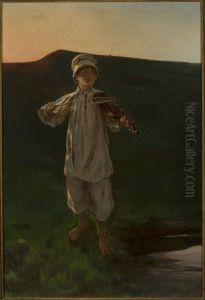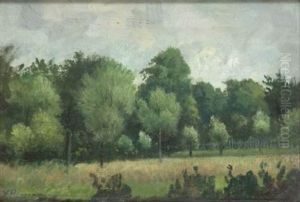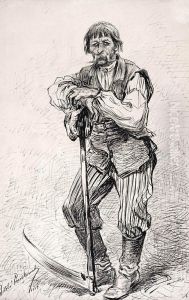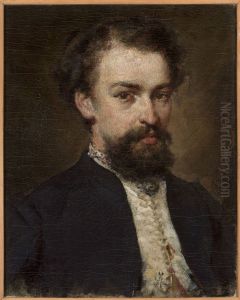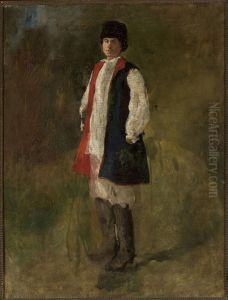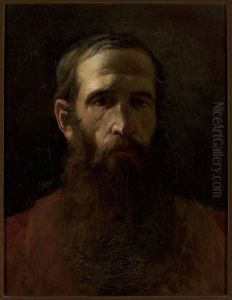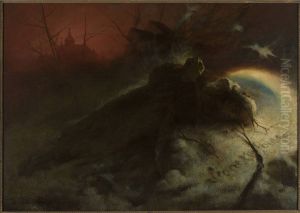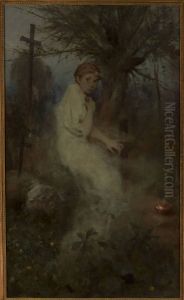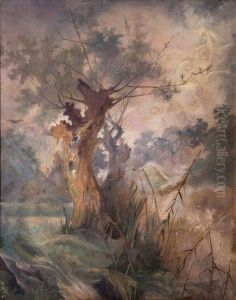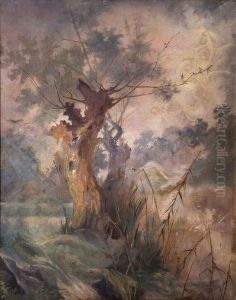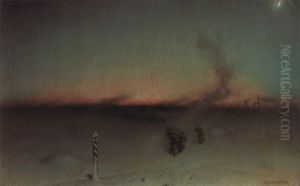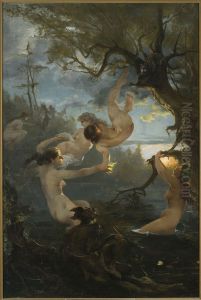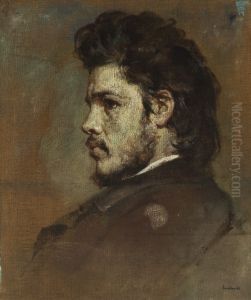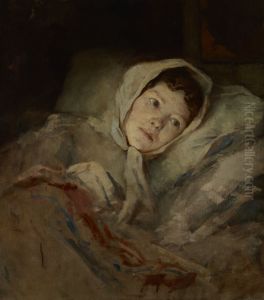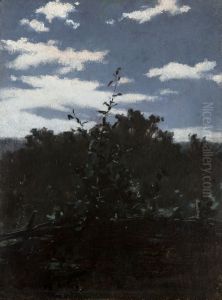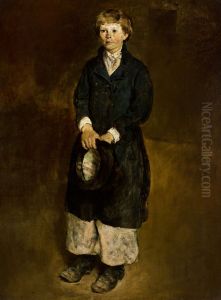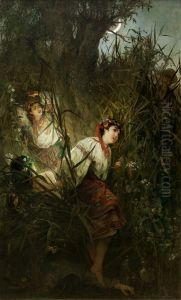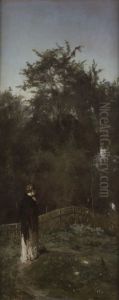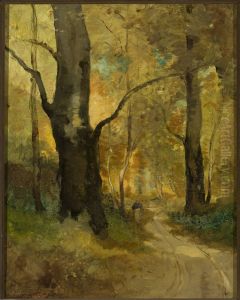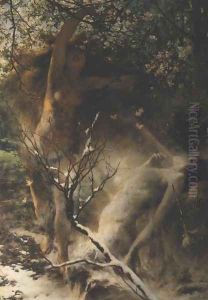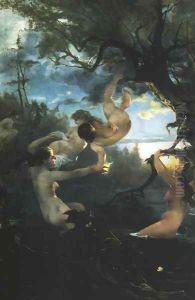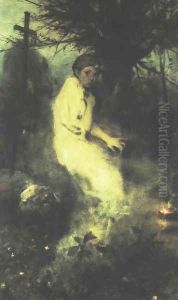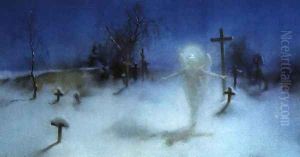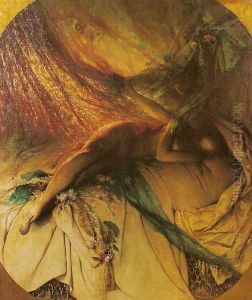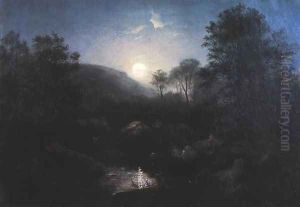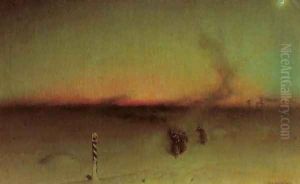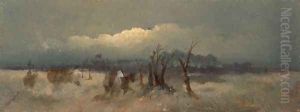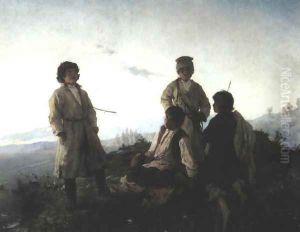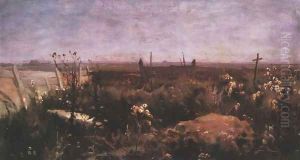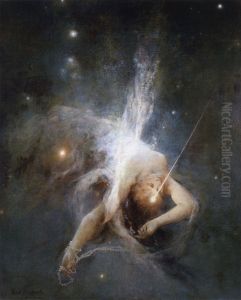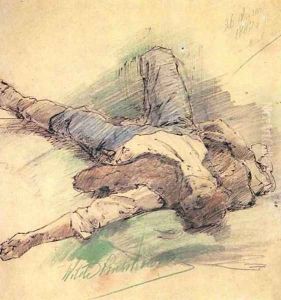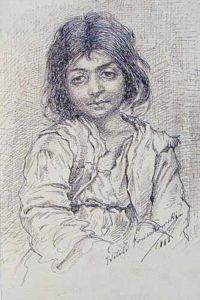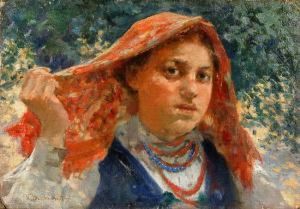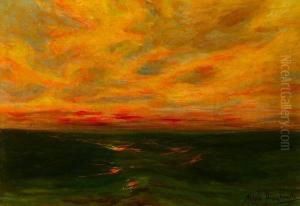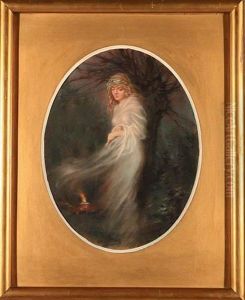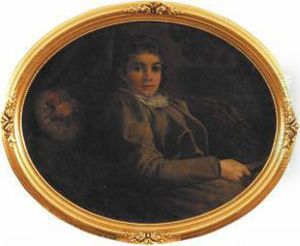Witold Pruszkowski Paintings
Witold Pruszkowski was a Polish painter, best known for his symbolic and mystical works that often delved into the themes of folklore, mythology, and legend. Born on April 14, 1846, in Biała, near Radom, Poland, he was part of the Polish artistic movement known as 'Young Poland' (Młoda Polska), which emphasized national identity and sought to resist the cultural domination of the partitioning powers that had divided Poland in the late 18th century.
Pruszkowski studied at the School of Fine Arts in Warsaw, but due to his involvement in the January Uprising of 1863, a national revolt against the Russian Empire, he was forced to emigrate. He continued his education in France at the École des Beaux-Arts in Paris under the tutelage of renowned academic painters like Alexandre Cabanel.
His work was heavily influenced by the Symbolist movement, which was gaining traction across Europe at the time. He was particularly drawn to the mystical and ethereal, and his paintings often featured allegorical figures, fantastical landscapes, and dream-like atmospheres. Pruszkowski was also noted for his portraits and historical paintings, which showcased his technical skill and attention to detail.
Among his most famous works are 'Eurydice', 'The Slavic Apocalypse', and 'The Ghosts'. These pieces exemplify his characteristic use of rich color, dramatic light and shadow, and a sense of the otherworldly. Pruszkowski's paintings were not only visually striking but also imbued with a depth of cultural and philosophical meaning, reflecting his deep interest in Polish folklore and national identity.
Despite his success as an artist, Pruszkowski's life was marked by personal tragedy and financial difficulties. He struggled with illness throughout his life and died relatively young, at the age of 50, on October 25, 1896, in Kraków. His legacy lives on in his contributions to the Polish art scene and the enduring appeal of his symbolic and evocative works.
